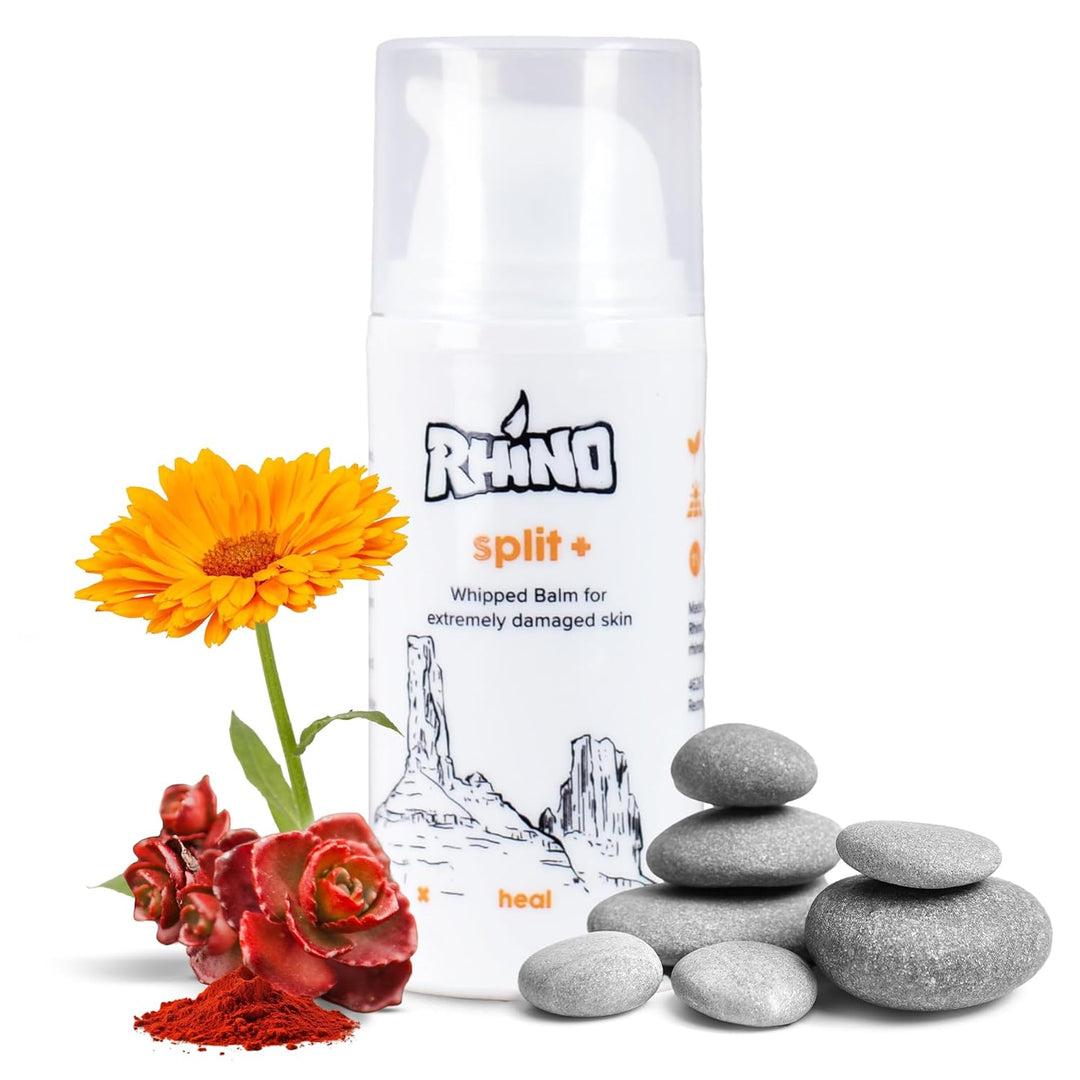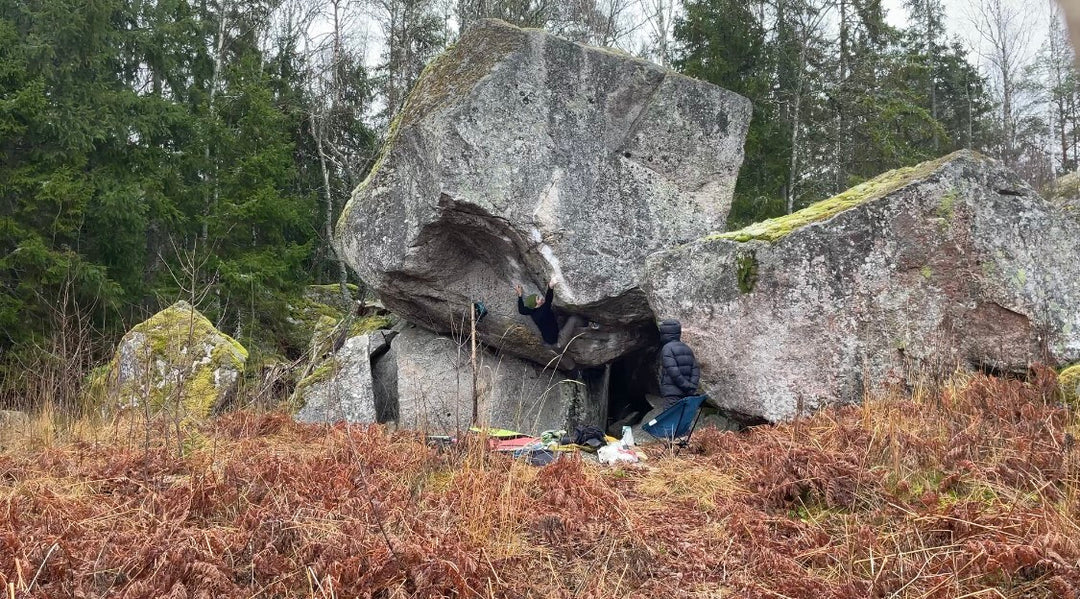5 ways to Protect Your Skin During a Climbing Trip

Every avid climber understands the struggle: when the condition of your skin becomes the crux, forcing you to hop off every attempt and gaze down at your hands in frustration. Your determination clashes with the limitations of your skin, leaving you torn between pushing on and giving in. Fortunately, there are tactics you can employ to alleviate this frustration and preserve your skin.
Here are 5 skin saving tips for you to use on your next climbing trip..

1) Perform an Off-the-Wall Warm-up
A proper warm-up is absolutely crucial, not just for your fingers and skin, but for your overall climbing performance. A thorough warm-up not only reduces injury rates but also enhances your performance.[mfn referencenumber=1] Ding, Liyi et al. “Effectiveness of Warm-Up Intervention Programs to Prevent Sports Injuries among Children and Adolescents: A Systematic Review and Meta-Analysis.” International journal of environmental research and public health vol. 19,10 6336. 23 May. 2022, doi:10.3390/ijerph19106336.
[/mfn][mfn referencenumber=2] Fradkin, Andrea J et al. “Effects of warming-up on physical performance: a systematic review with meta-analysis.” Journal of strength and conditioning research vol. 24,1 (2010): 140-8. doi:10.1519/JSC.0b013e3181c643a0
[/mfn]Ensuring you warm-up adequately can make all the difference, setting the stage for a successful and potentially an injury-free climbing experience.
Avoid sacrificing skin on easier climbs that don’t align with your objectives, and perform a warm-up off the wall that mimics the intensity of your goals and gets you ready to climb. This can all be done with a portable hangboard and simple exercises.
Consider performing a circuit of finger repeaters with compound movements, such as squats or push-ups, into this warm-up routine. Gradually increase the intensity and speed of these exercises to prepare your body for powerful movements. Tailor your warmup to fit your needs.
Wrap up your session before you get too tired or you lose too much skin. Stopping at the right moment can significantly improve your ability to return to the rock in better condition, ensuring a higher quality session.
Fatigue reduces force, speed, and motor skill learning,[mfn referencenumber=3]Branscheidt, Meret et al. “Fatigue induces long-lasting detrimental changes in motor-skill learning.” eLife vol. 8 e40578. 5 Mar. 2019, doi:10.7554/eLife.40578 [/mfn] all critical aspects in climbing. There are times when pushing past your limits becomes necessary. However, it’s crucial to acknowledge that doing so may compromise the quality of your session and potentially prolong your recovery. Stop when your strength decreases to protect your skin from poor quality attempts.
Stop your climbing session before your skin reaches its breaking point. When you notice the beginnings of a flapper or worn-down tips, your body is signaling that it’s time to conclude the session. While tape can offer some protection, it’s essentially a signal from your body urging you to wrap things up and give your skin the rest it needs.

3) Wash your hands after you climb
The first step after your climb should be to thoroughly wash your hands. Popular climbing routes can host a multitude of germs that have the potential to cause infections and impede the healing process of your skin. Hence, washing your hands becomes crucial, and it’s even more effective when you use antibacterial soap.[mfn referencenumber=4]Burton, Maxine et al. “The effect of handwashing with water or soap on bacterial contamination of hands.” International journal of environmental research and public health vol. 8,1 (2011): 97-104. doi:10.3390/ijerph8010097[/mfn] The recommended method is to wash your hands with warm water for 15-20 seconds, ensuring you rub your hands together and cover all aspects of your hands and forearms.[mfn eferencenumber=5]Toney-Butler, Tammy J., et al. “Hand Hygiene.” StatPearls, StatPearls Publishing, 31 July 2023.
[/mfn]
4) Water + Lotion
Proper hydration plays a crucial role in promoting optimal tissue healing.[mfn eferencenumber=6]Ousey, K et al. “The importance of hydration in wound healing: reinvigorating the clinical perspective.” Journal of wound care vol. 25,3 (2016): 122, 124-30. doi:10.12968/jowc.2016.25.3.122[/mfn] Ensuring you drink an adequate amount of water, ideally between 1 to 3 liters a day, is essential. [mfn eferencenumber=7]Kavouras, S.A., & Anastasiou, C.A. 2010. Water physiology: Essentiality, metabolism, and health implications. Nutrition Today, 45 (6), S27–32.[/mfn] Staying well-hydrated not only aids in the healing process but also contributes significantly to your physical and mental performance.[mfn eferencenumber=8]Maughan, R J, and S M Shirreffs. “Dehydration and rehydration in competitive sport.” Scandinavian journal of medicine & science in sports vol. 20 Suppl 3 (2010): 40-7. doi:10.1111/j.1600-0838.2010.01207.x [/mfn]
Applying a non-greasy lotion, such as Repair from Rhino, can significantly enhance the healing environment for your skin. Ingredients like magnesium and salicylic acid promote skin regeneration effectively.[mfn referencenumber=9]Haftek, Marek et al. “Skin Minerals: Key Roles of Inorganic Elements in Skin Physiological Functions.” International journal of molecular sciences vol. 23,11 6267. 3 Jun. 2022, doi:10.3390/ijms23116267[/mfn][mfn referencenumber=10]Lévêque, J L et al. “Mechanism of action of a lipophilic derivative of salicylic acid on normal skin.” Skin research and technology : official journal of International Society for Bioengineering and the Skin (ISBS) [and] International Society for Digital Imaging of Skin (ISDIS) [and] International Society for Skin Imaging (ISSI) vol. 1,3 (1995): 115-22. doi:10.1111/j.1600-0846.1995.tb00030.x[/mfn] It’s recommended applying it towards the end of the day when you’re not actively touching anything.
5) Schedule a Rest Day
Planning a rest day might not be practical for a weekend bouldering trip or when you have a limited climbing window. However, incorporating a rest day can truly make a difference in your climbing experience. Not only does this give your skin the break it needs, but it also provides the ideal opportunity for complete recovery.
You can utilize these rest days strategically to enhance the quality of your climbing trip. Take this opportunity to dial in your approach, assess the necessary gear or pads for the climb, study the route and holds, and examine the boulder’s top-out. Investing time in these aspects can greatly improve your overall climbing performance when you get back on the rock.
Conclusion
The next time you’re at the crag, try implementing these tips. Preserving your skin might just be the crucial factor that transforms a failed trip into a successful one.

Resources
- Ding, Liyi et al. “Effectiveness of Warm-Up Intervention Programs to Prevent Sports Injuries among Children and Adolescents: A Systematic Review and Meta-Analysis.” International journal of environmental research and public health vol. 19,10 6336. 23 May. 2022, doi:10.3390/ijerph19106336.
- Fradkin, Andrea J et al. “Effects of warming-up on physical performance: a systematic review with meta-analysis.” Journal of strength and conditioning research vol. 24,1 (2010): 140-8. doi:10.1519/JSC.0b013e3181c643a0
- Branscheidt, Meret et al. “Fatigue induces long-lasting detrimental changes in motor-skill learning.” eLife vol. 8 e40578. 5 Mar. 2019, doi:10.7554/eLife.40578
- Burton, Maxine et al. “The effect of handwashing with water or soap on bacterial contamination of hands.” International journal of environmental research and public health vol. 8,1 (2011): 97-104. doi:10.3390/ijerph8010097
- Toney-Butler, Tammy J., et al. “Hand Hygiene.” StatPearls, StatPearls Publishing, 31 July 2023.
- Ousey, K et al. “The importance of hydration in wound healing: reinvigorating the clinical perspective.” Journal of wound care vol. 25,3 (2016): 122, 124-30. doi:10.12968/jowc.2016.25.3.122
- Kavouras, S.A., & Anastasiou, C.A. 2010. Water physiology: Essentiality, metabolism, and health implications. Nutrition Today, 45 (6), S27–32.
- Maughan, R J, and S M Shirreffs. “Dehydration and rehydration in competitive sport.” Scandinavian journal of medicine & science in sports vol. 20 Suppl 3 (2010): 40-7. doi:10.1111/j.1600-0838.2010.01207.x
- Haftek, Marek et al. “Skin Minerals: Key Roles of Inorganic Elements in Skin Physiological Functions.” International journal of molecular sciences vol. 23,11 6267. 3 Jun. 2022, doi:10.3390/ijms23116267
- Lévêque, J L et al. “Mechanism of action of a lipophilic derivative of salicylic acid on normal skin.” Skin research and technology : official journal of International Society for Bioengineering and the Skin (ISBS) [and] International Society for Digital Imaging of Skin (ISDIS) [and] International Society for Skin Imaging (ISSI) vol. 1,3 (1995): 115-22. doi:10.1111/j.1600-0846.1995.tb00030.x





Leave a comment